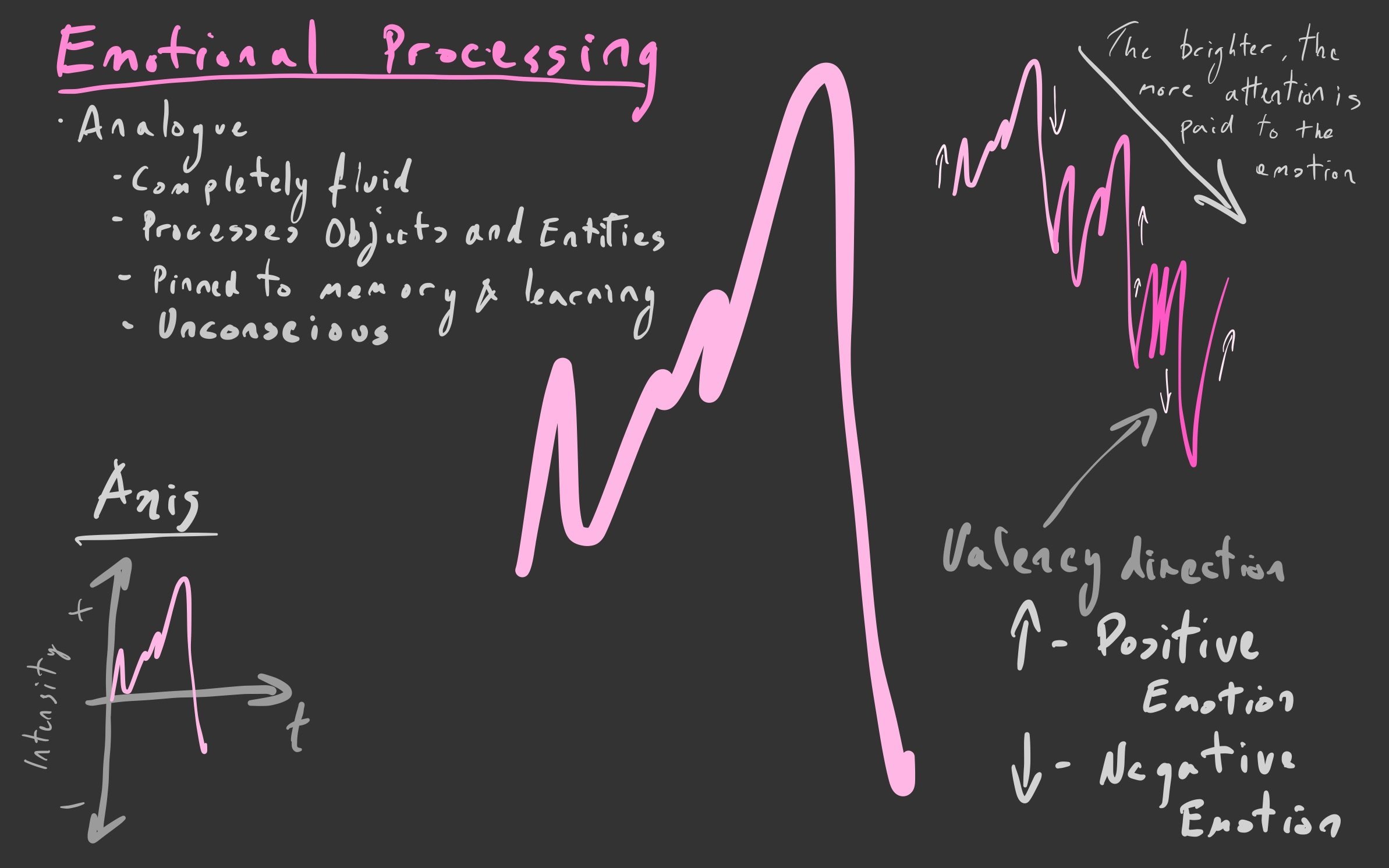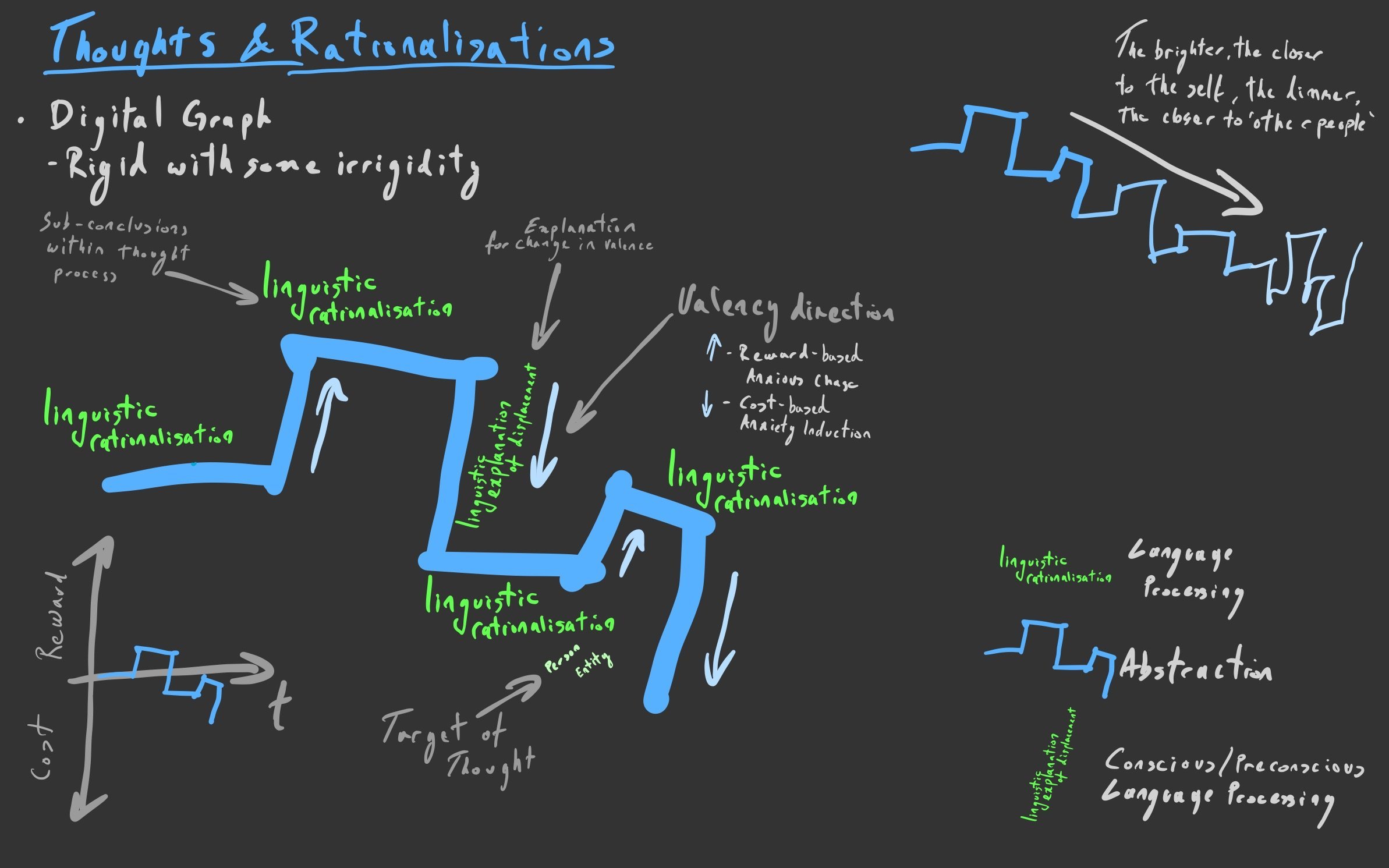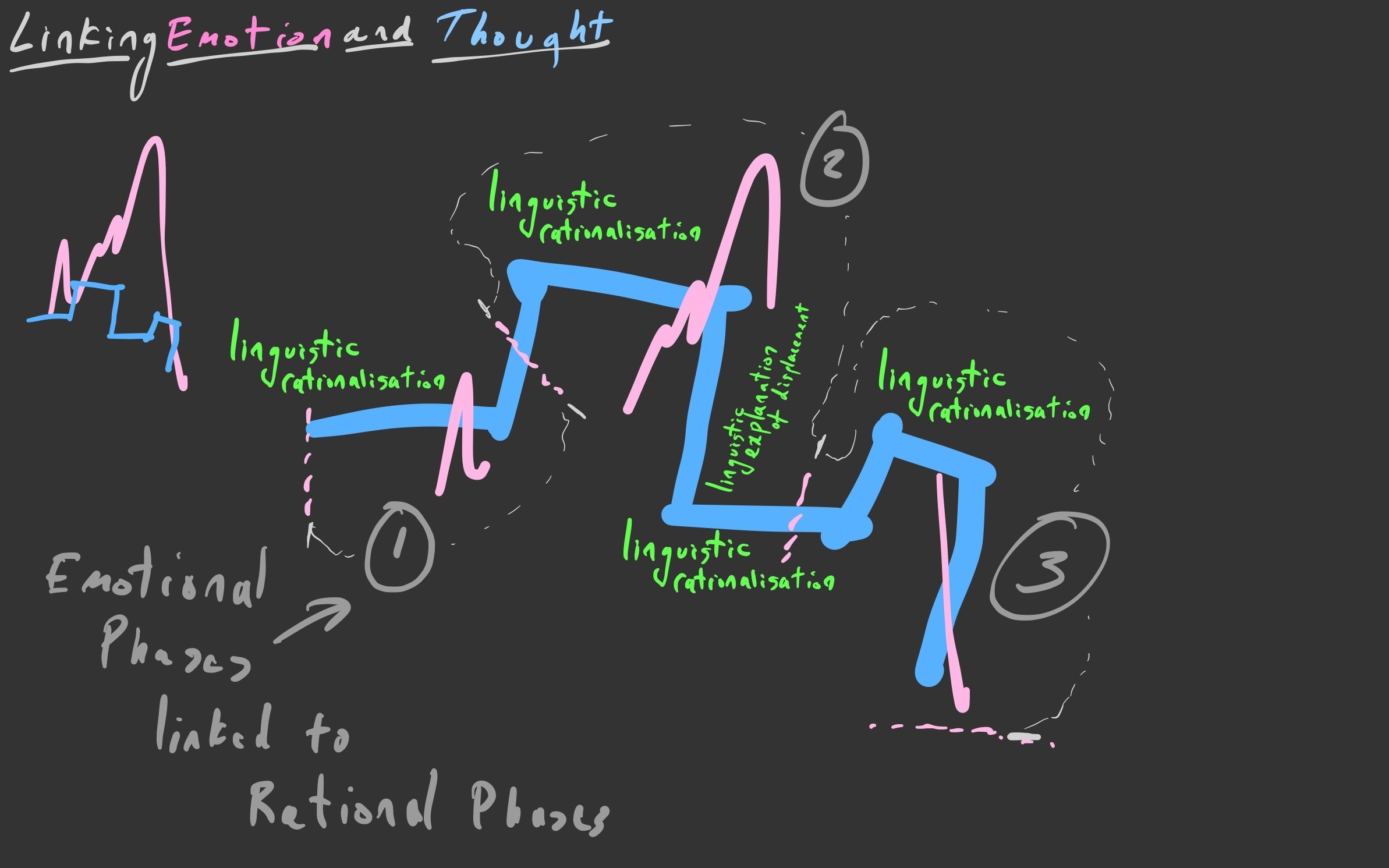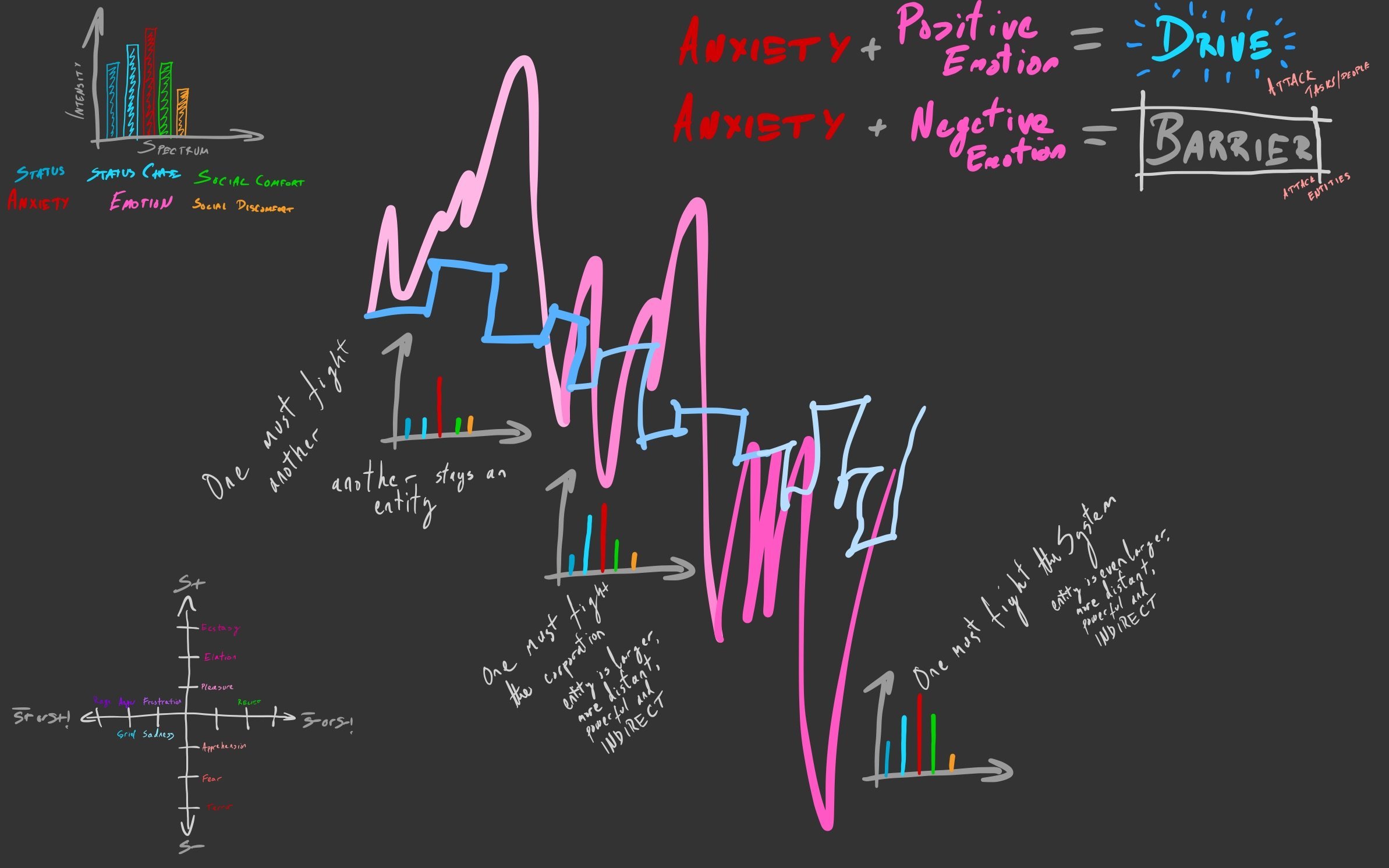Applying the Free Energy Principle
Author: Fadil Karim
Contact: insights@denarianalytics.com
Date: 05/02/2021
This piece was inspired by Carl Jung’s Acknowledgment of a type of Mass-Mindedness
“Anxious Hopes for a Utopian Future”
The Works of Neuroscientists such as Karl Friston (The Free Energy Principle), Robin Carhart-Harris (Top-Down & Bottom-Up Processing) and Edmund T. Rolls (Emotion) are the main sources of reference for this article.
We can use political ideologies such as communist ideation to visualise the free energy principle.
“I need to make more money as I want a more comfortable life”
becomes
“I want the government to take down those in power, take their wealth and give it to the state to spend on other people”.
The first thought induces direct anxious feelings as one has to work then aggressively sell themselves in an uncomfortable meeting, followed by more work and a resignation for a higher paid job elsewhere.
The second thought gains the same outcome of a financial victory as well as infliting damage against a distant object of discomfort, in this case, the corporations. Although, instead of uncomfortable and direct anxious conversations with the boss, a friendly social collective provides satisfaction instead of discomfort, making these “Anxious hopes for a utopian future” very appealing.
Emotional Channeling
Emotions are not rational and are processed separate to rationality hence cannot fully be understood without experience of them. Some tend to believe that emotionality is a choice and rationality is separate from emotion. This is incorrect as the same circuits that create states of emotion are required for all rational thoughts and actions. Emotions find and create thoughts. Emotions are also found and created by thoughts. Each thought whether linguistic in nature or abstract contain sub-thoughts which are pinned to emotional processes.
Anxiety based emotions in all people, utilised in goal directed tasks, need an avenue for escape and suppression of anxious emotions will lead to these emotions escaping in alternative ways that are blind to the self. To the so called “rationalists” who are currently questioning the validity of this process within themselves, I’d like to say that this process also underpins the selection of scientific rationalisations and financial negotiation processes. In the latter rational behaviour certainty is valued, not necessarily victory. A strategy built around victorious certainty will have utilised unconscious emotions to create the understanding that a failure to secure a pay rise in a negotiation is going to induce consequences in the form of negative emotion.
Avenue 1 – No Suppression of Anxious Emotions
As the negotiation progresses, it may seem as if defeat is looming, in which case it can be tempting to allow the emotions to provide certainty through an outburst of foul-mouthed tirade lading to a certainty of joblessness, but the concomitant uncertainty of financial difficulty encourages suppression of this anxious emotion.
Avenue 2 – Suppression of the Self
This suppression would lead to an alternative method of emotional utilisation in the acceptance of defeat, leading to a certainty of the same salary with the certainty of continued earning potential, although, anxious emotions will still need to be unleashed and will do so through anxious hatred of entities that represent the boss, corporation and/or “system”. The anxious hatred of these entities will find additional reasons as to why these things or the social concepts that uphold them in place are bad “for everyone” and “other people” are very badly affected by these evil entities or systems. Here, the anxious emotion has found something that is beneath the self in status, in this case moral status, and has proceeded to attack, allowing one to fight from afar without further face to face anxious feelings of self devaluation. This aiming of anxious drives is was not freely chosen as it found its own avenue of escape from the psyche. In order to prevent this unfortunate hell of the mind, one must provide an emotional understanding of the value of systems and processes.
Avenue 3 – Channeling
This understanding allows the individual to find any iota of potential victory within one’s idea of strategic thoughts leading to a continuation of the fight for finances right up until the end, increasing the chances of victorious certainty. Further, if defeat is imminent, which it probably will be, one will then aim the anxious emotion toward a new job with a desired salary. To do this, one must express positive emotion toward the new victory and in doing so will also allow one to suppress the positive emotion associated to social gain in favour of the positive emotion created during the learning process when utilising the super-fast internet available in the evening where one can learn anything could possibly want for free. In this case, the emotion of the moment is valuing new information and processing it and storing it in memory systems. Bear in mind that emotion is a prerequisite requirement for learning. The emotional processing of this moment is being valued due to positive emotion being expressed towards the idea of future of perpetual positive emotion upon success.
Key Points
The key take away here is in the understanding that emotion underpins everything and those who have problems with the physical neural circuits in the brain that are associated to emotion, such as various forms of Schizophrenia, have disorders such as anhedonia, an inability to associate positive emotion to enjoyable tasks, and catatonia, a tendency to stay in one position for hours without movement due to an inability to motivate oneself to move. While targeted aim suppressed emotions to allow them to be utilised in long term gains, one can easily assume that one is emotionless, leading to possible devaluation of other important pursuits such as social, family and spiritual activities.
Emotional Processing
Symbology
Emotional processing is signified by the pink analogue graphs. These correspond to the thoughts themselves and represent the emotional associations to the thoughts. The graphs are more of a representation of emotional processing itself and the start and end points along with the major peaks and troughs are the only elements that are comprehensible and the incomprehensible randomness within the peaks represents nuanced emotional expression on behalf of the individual within the collective of people who are thinking and feeling similarly.
Dimensions
The x-axis represents relative time.
The y-axis represents intensity
The darker the shade, the more attention is placed on the emotional processes represented.
Thoughts
Symbology
Rational thoughts are signified by the blue lines in the image below. They are modelled as digital graphs to visualise the rigid nature of linguistic rationalisations. The vertical elements represent conclusion states within the specified thought process. The imperfect angles and lines signify a limited form of analogue graphical behaviours within the digital method of thought.
The more unstable the rationalisation, the less rigid the graph, signifying uncontrolled emotional influence on the rationalisation process.
Dimensions
The x-axis represents relative time.
The y-axis represents basic positive and negative perception of the self, through thoughts.
Examples of thoughts are written at the
The darker the shade, the closer the central focus of the thoughts is to the self, the lighter the shade, the more the central focus is on other people, groups and entities
Thought-Emotion Relationship
Thoughts influence emotions and emotions influence thought. It is a cyclical process. Some thoughts exist and get created because our emotions make us feel a certain way in that moment and those same thoughts then perpetuate this feeling along with addition of other emotional processes that exist within aspects of those thoughts.





















